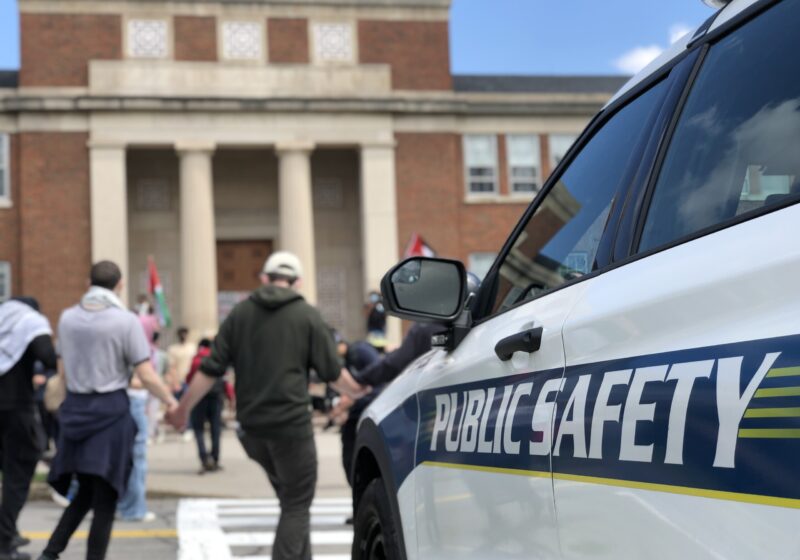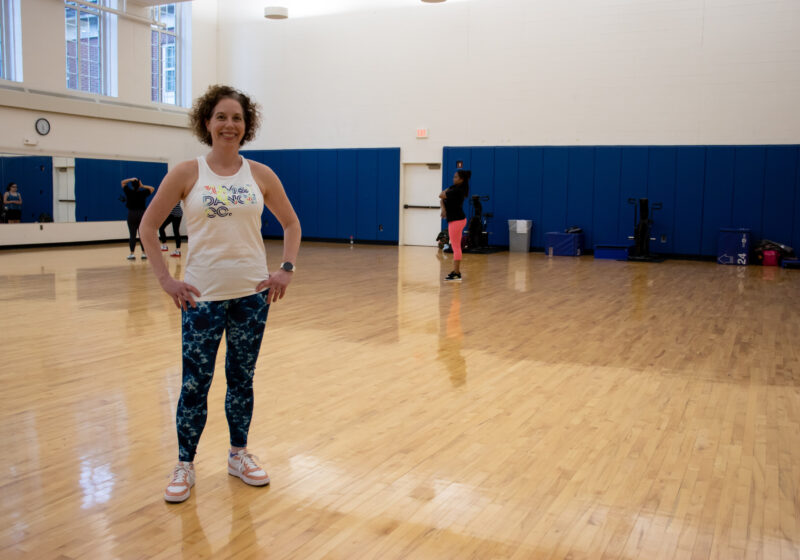
Drue Sokol, Photo Editor
Earlier this week, researchers at the UR Medical Center announced that after three years of study they have found evidence of links between cells involved in bone formation and Leukemia cells. These links have shown an increase in bone loss when Leukemia cells are present.
The research, led by graduate student Benjamin Frisch, could potentially lead to new, breakthrough treatments for Leukemia in the future by raising the idea that bone disorder therapies could help with treatment.
“The influence of leukemic cells in bone cells has not been investigated before,” URMC Department of Genetics Professor Lianping Xing said. “The finding of leukemic cells inhibiting osteoblast formation and thereby leading to bone loss has a high clinical impact because it indicates to Leukemia patients and clinicians the possible involvement of bones.”
Leukemia is a cancer of the blood or bone marrow and is typically characterized by an abnormal amount of immature white blood cells. Through these studies, it has been shown that Leukemia can lead to bone loss through a mouse model.
Xing is one of the co-authors to this recent study. She is a bone biologist who served as an information source when evaluating the decreased bone volume in the bone sections of the mice models that received leukemic cells.
However, Xing is not the main researcher in this new discovery. This research was led by Frisch in the James P. Wilmot Cancer Center laboratory of Laura M. Calvi, M.D.
“[Frisch] is a very smart and hard working student,” Xing said. “He is the best graduate student that I have worked with in the past 10 years at UR.”
Benjamin Frisch was educated at the UR for both his undergraduate and graduate studies. He began at UR as an undergraduate and gained experience through summer internships. After graduating, he worked as a lab technician in Calvi’s lab for two years before going back to school for his Ph.D. Then he rejoined the lab as a graduate student and began his research under Calvi’s guidance.
“During my lab rotations in the early part of my graduate program I rotated with [professor] Craig Jordan whose lab has primarily focused on studying Leukemia stem cells,” Frisch said. “It was during this time that I became very interested in the potential interactions between Leukemia and the hematopoietic stem cell niche.”
This interest helped lead to Frisch’s ground breaking discovery. Frisch and his team began research using a mouse model of acute myelogenous Leukemia and found that within the bone marrow compartment hn bh h kvou bone cells are lost. This leads to both bone thinning and bone loss. They also discovered that a protein known as CCL3, which slows bone formation, was being produced by leukemic cells.
According to Frisch, if this discovery is shown to be equally true in humans, it may be possible to quicken the recovery of the normal blood system after treatment of Leukemia by protecting the osteoblastic cells during therapy.
Cozen is a member of the class of 2015.


